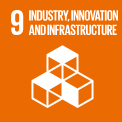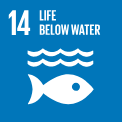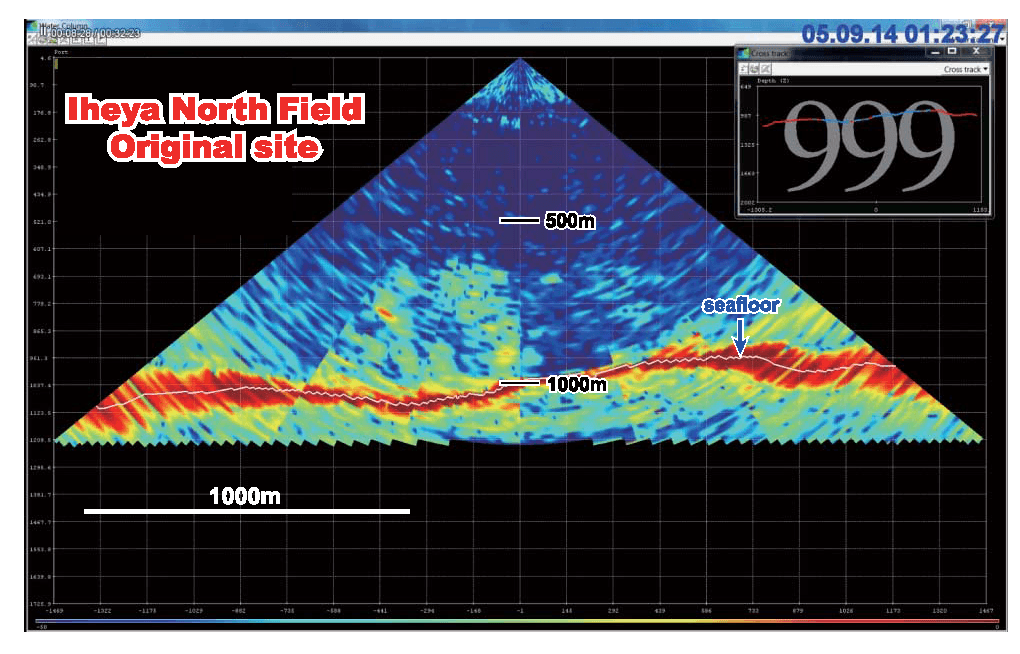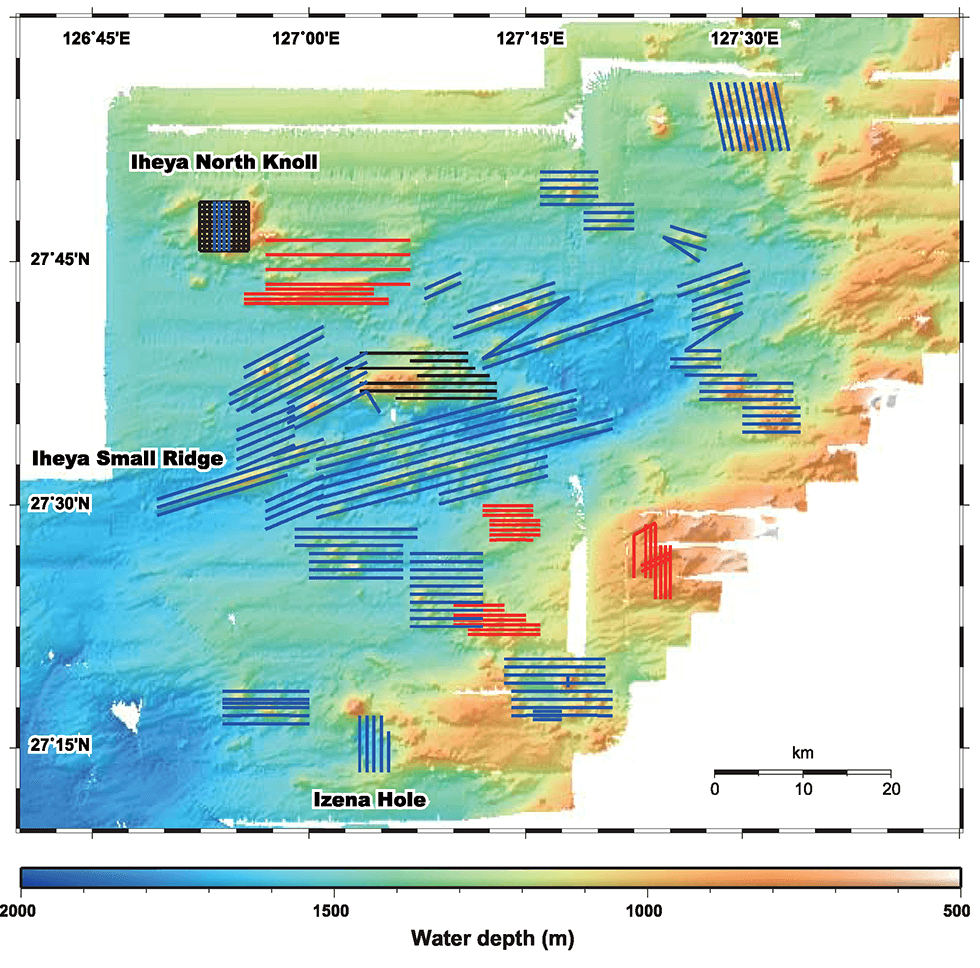Source characterization for submarine metal resources


The Submarine Resources Research Center conducted a series of rapid and exhaustive mappings of submarine hydrothermal activities (Nakamura et al., 2015) that are potential sources of base-metals to be utilized in near future, according to the acoustic anomaly found in the water column (Kumagai et al., 2010)(Fugures 1 and 2). During the project, we mapped hydrothermal features around Japan (Figure 3) and confirmed that some of the roots of the anomaly are vigorous hydrothermal vents and characterized the hydrothermal activity (e.g., Miyazaki et al., 2017). In addition, we found that rare metal elements in ferromanganese crust are derived from the seawater itself (Amakawa et al., 2017)(Figure 4), and showed the distributions of REY-rich mud (Ohta et al., 2016). These basic studies can provide the nature of submarine metallic resources as common property for humankind and scientific fundamentals for SDGs.




Research Institute for Marine Resources Utilization (MRU)
Submarine Resources Research Center (SRRC)
